Epidemiology Assignment: Public Health Risk Assessment and Analysis
VerifiedAdded on 2020/04/01
|7
|1063
|45
Homework Assignment
AI Summary
This epidemiology assignment presents a comprehensive analysis of public health risks, focusing on cholera and tuberculosis outbreaks. The first part of the assignment is a synopsis of a case-control study conducted in Cameroon to assess the risk factors associated with a cholera epidemic, including socioeconomic factors, hygiene, and access to clean food and water. The second part involves calculating and interpreting epidemiological measures such as prevalence, incidence rate, and odds ratio using provided data. The assignment explores various health scenarios, including tuberculosis, breast cancer, cardiovascular mortality, and diabetes. It emphasizes the importance of data analysis, risk assessment, and understanding the implications of epidemiological findings for community health planning and intervention strategies. The assignment also highlights the significance of confidence intervals in assessing the reliability of research findings and the need for follow-up studies to monitor disease trends and treatment effectiveness. The analysis underscores the importance of addressing public health challenges through a combination of data-driven insights and practical recommendations.
1 out of 7
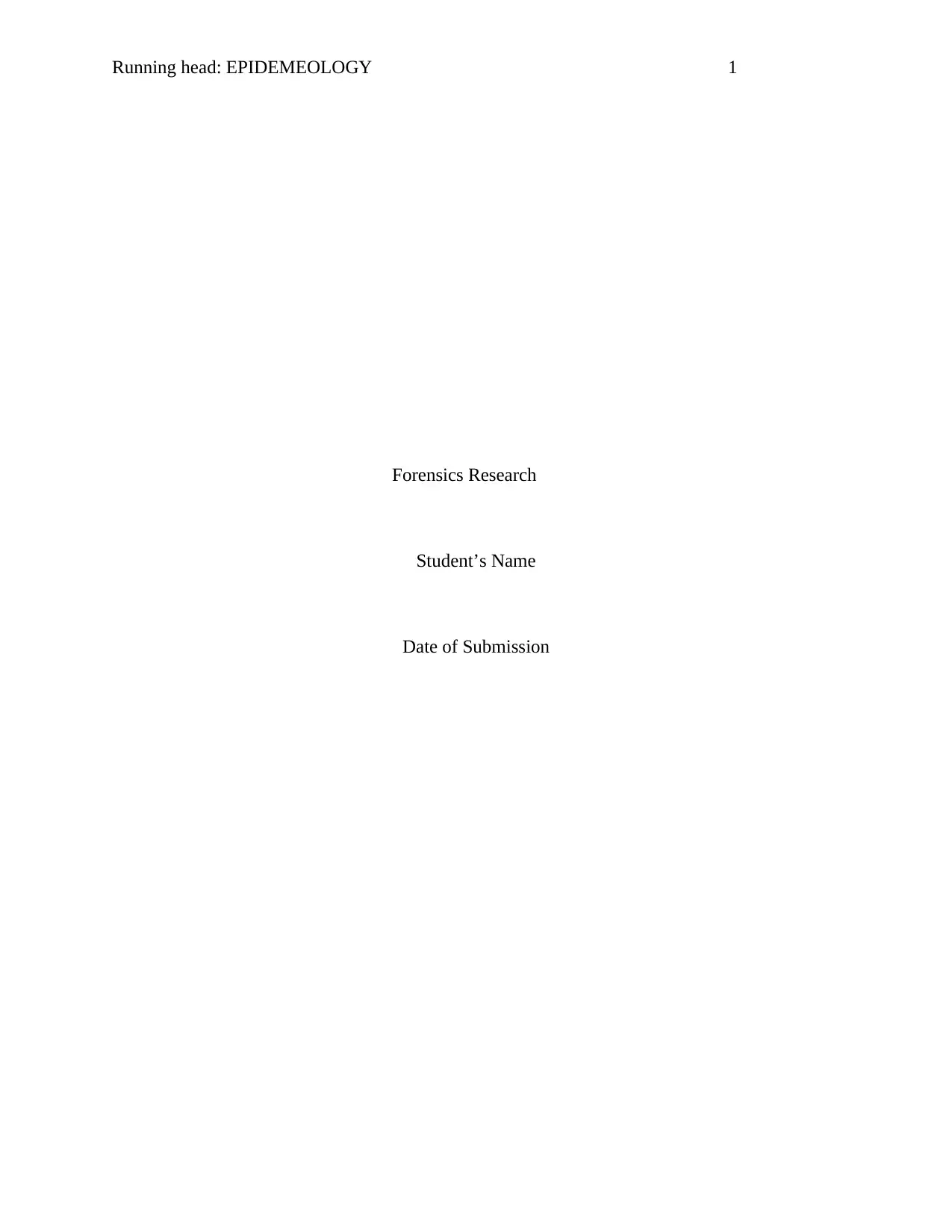
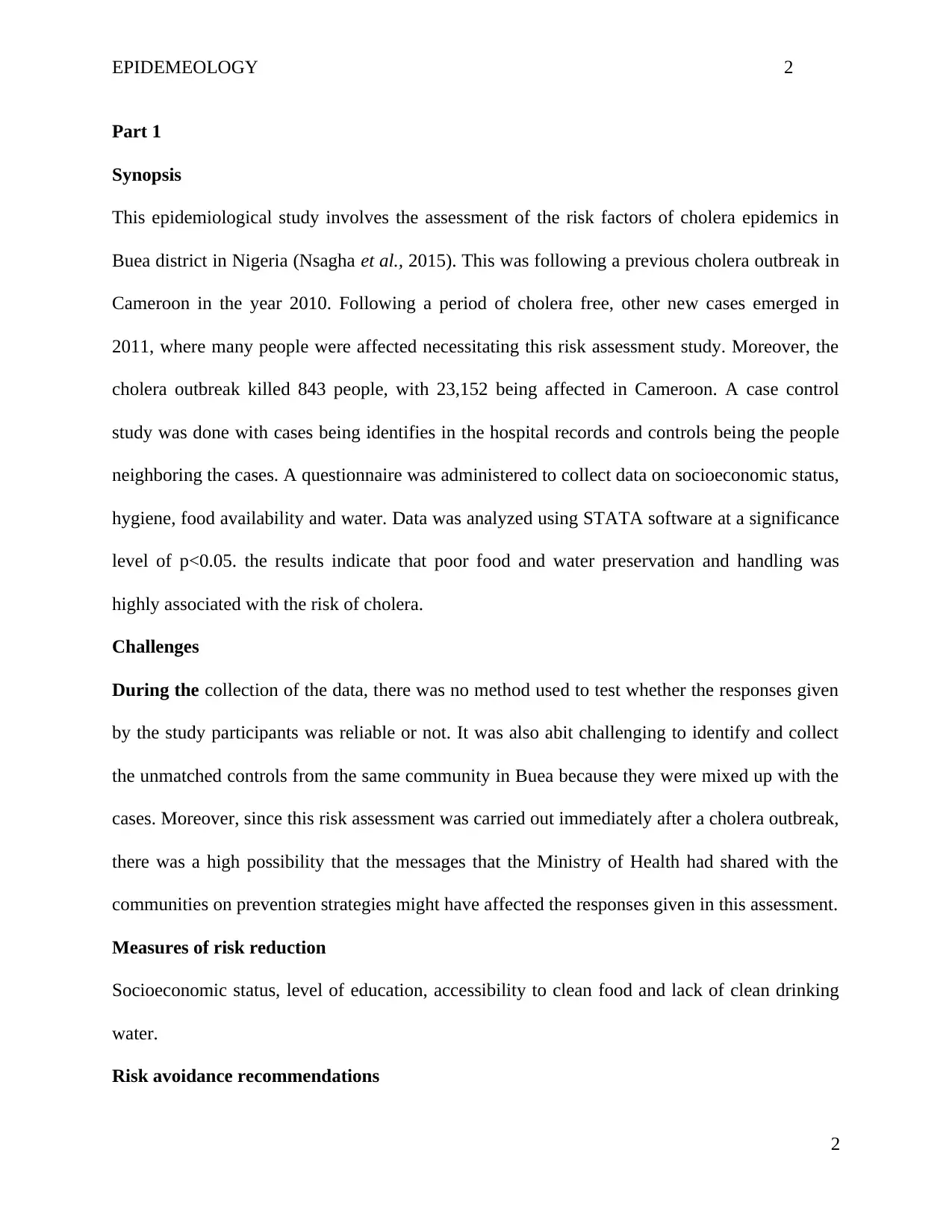
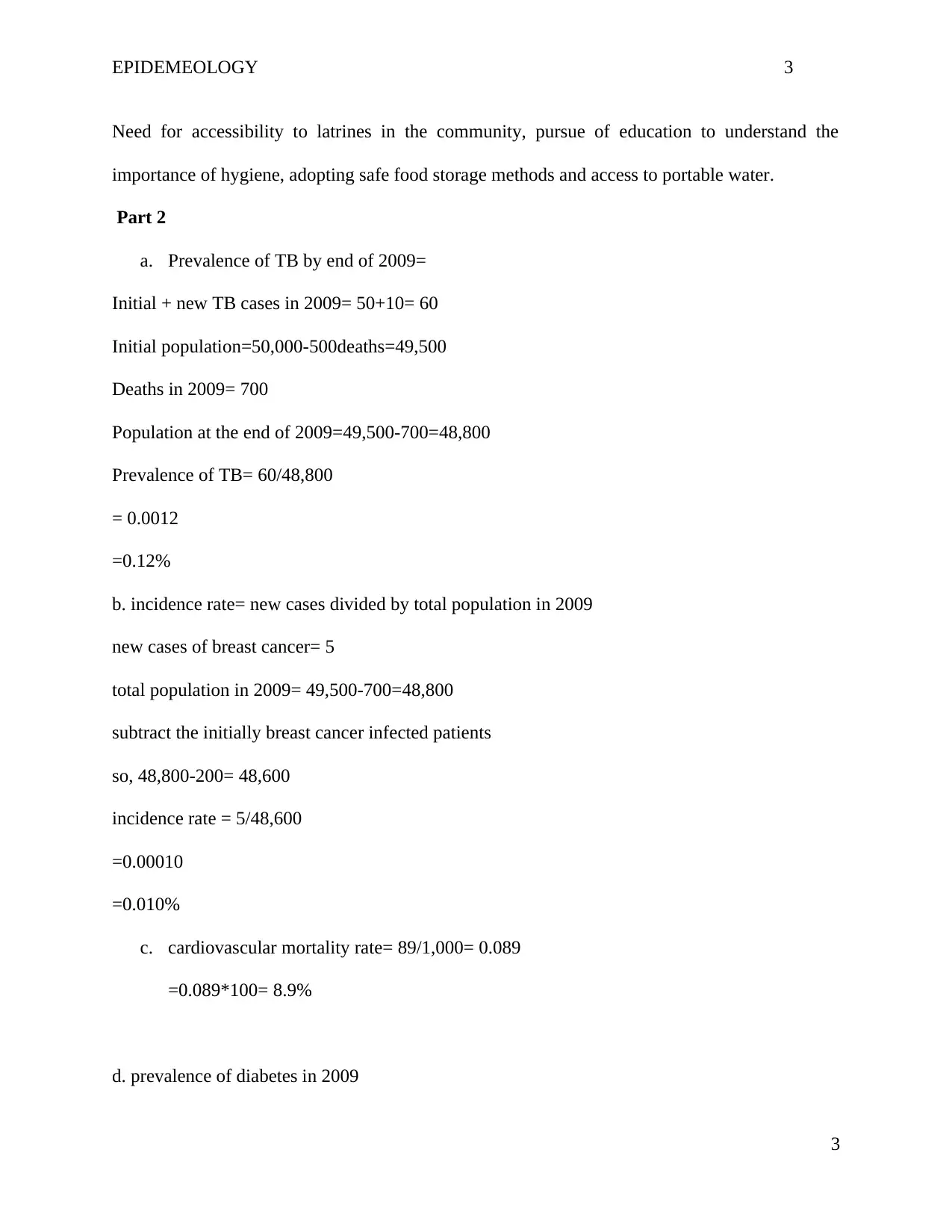

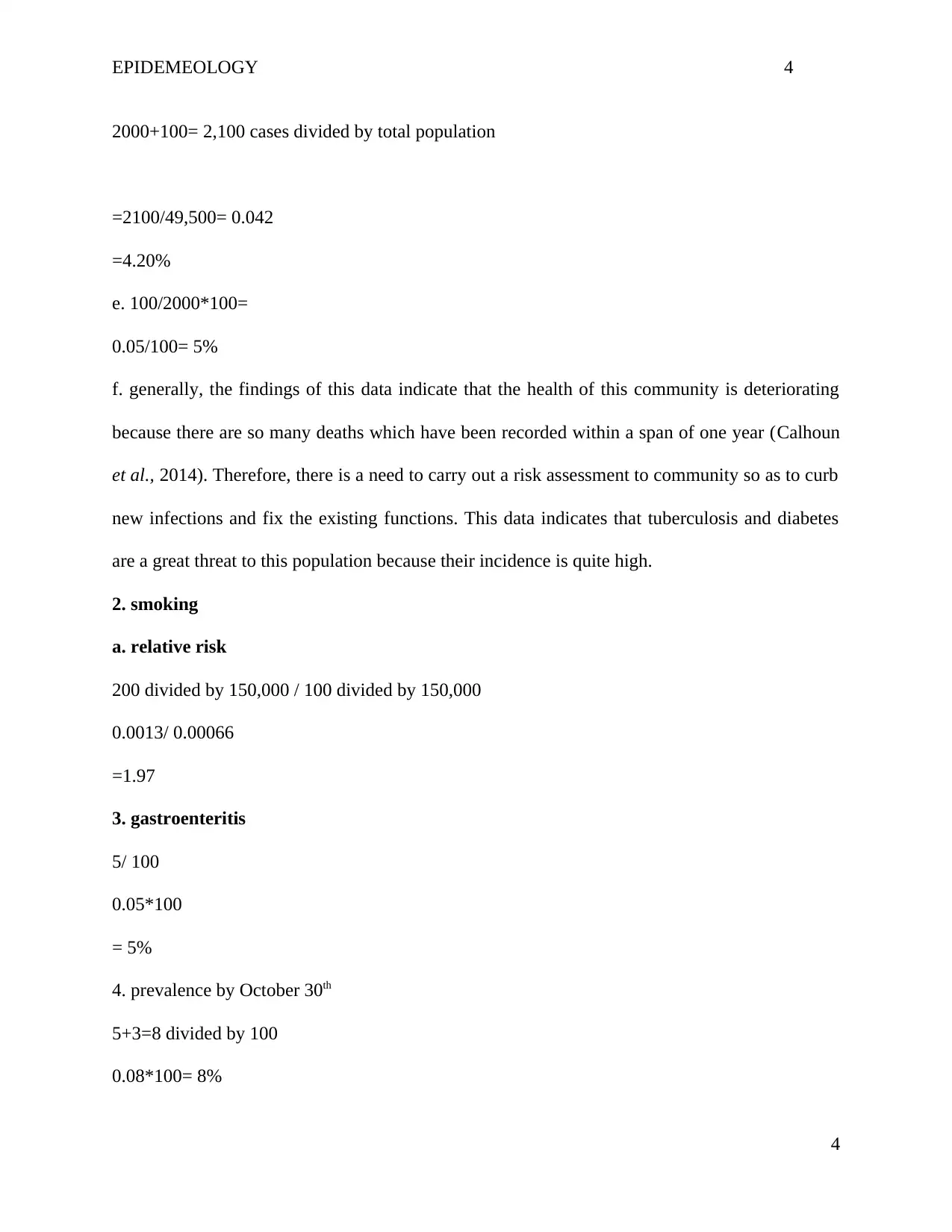
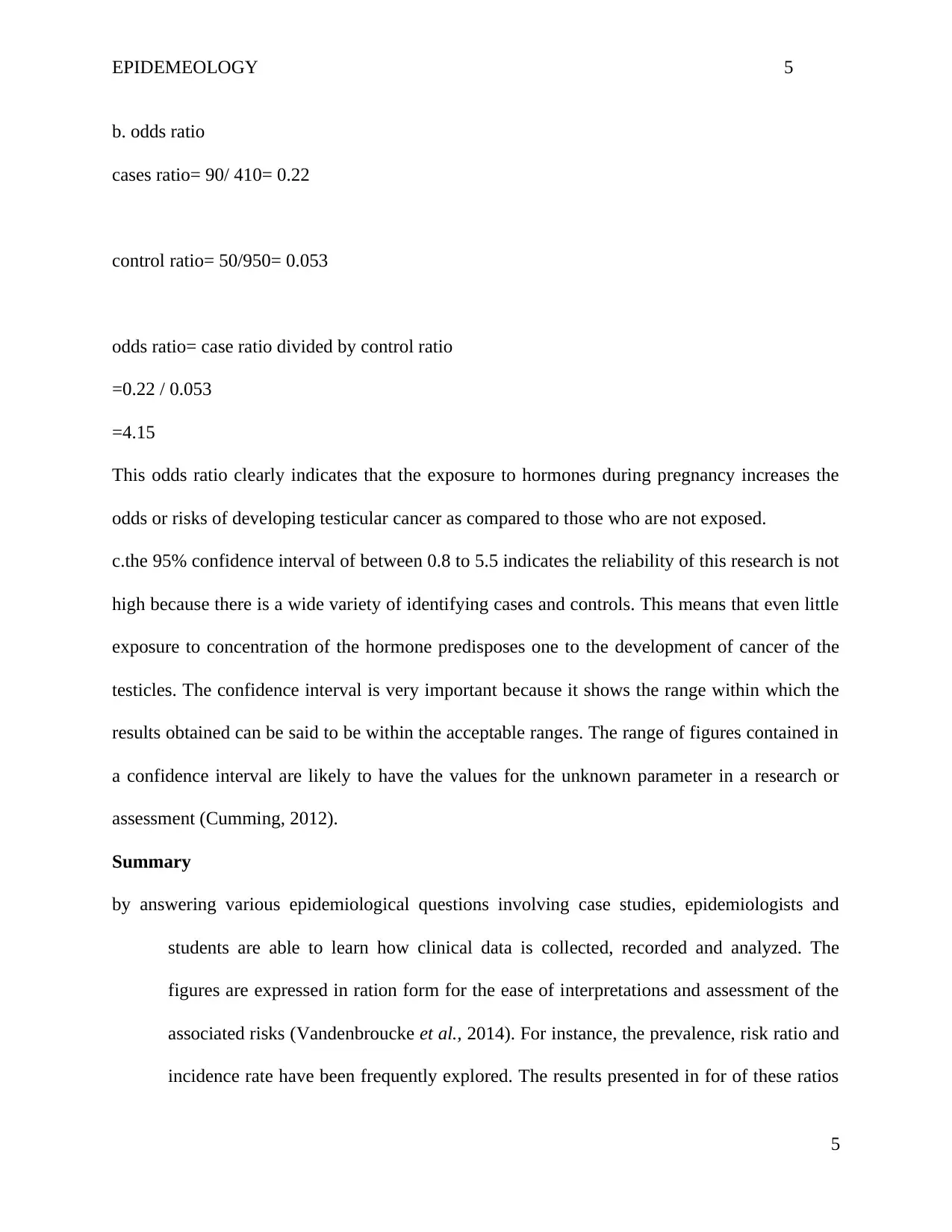
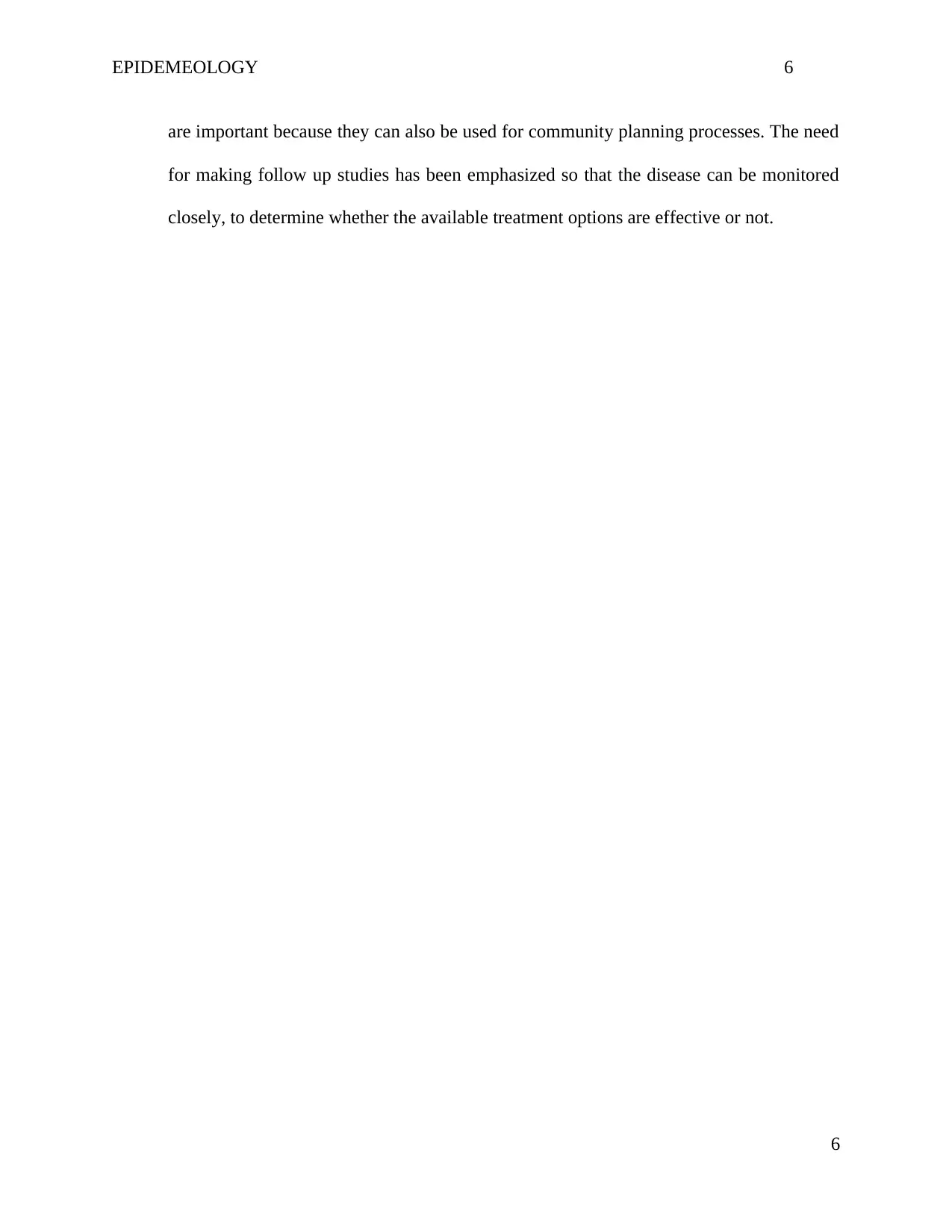
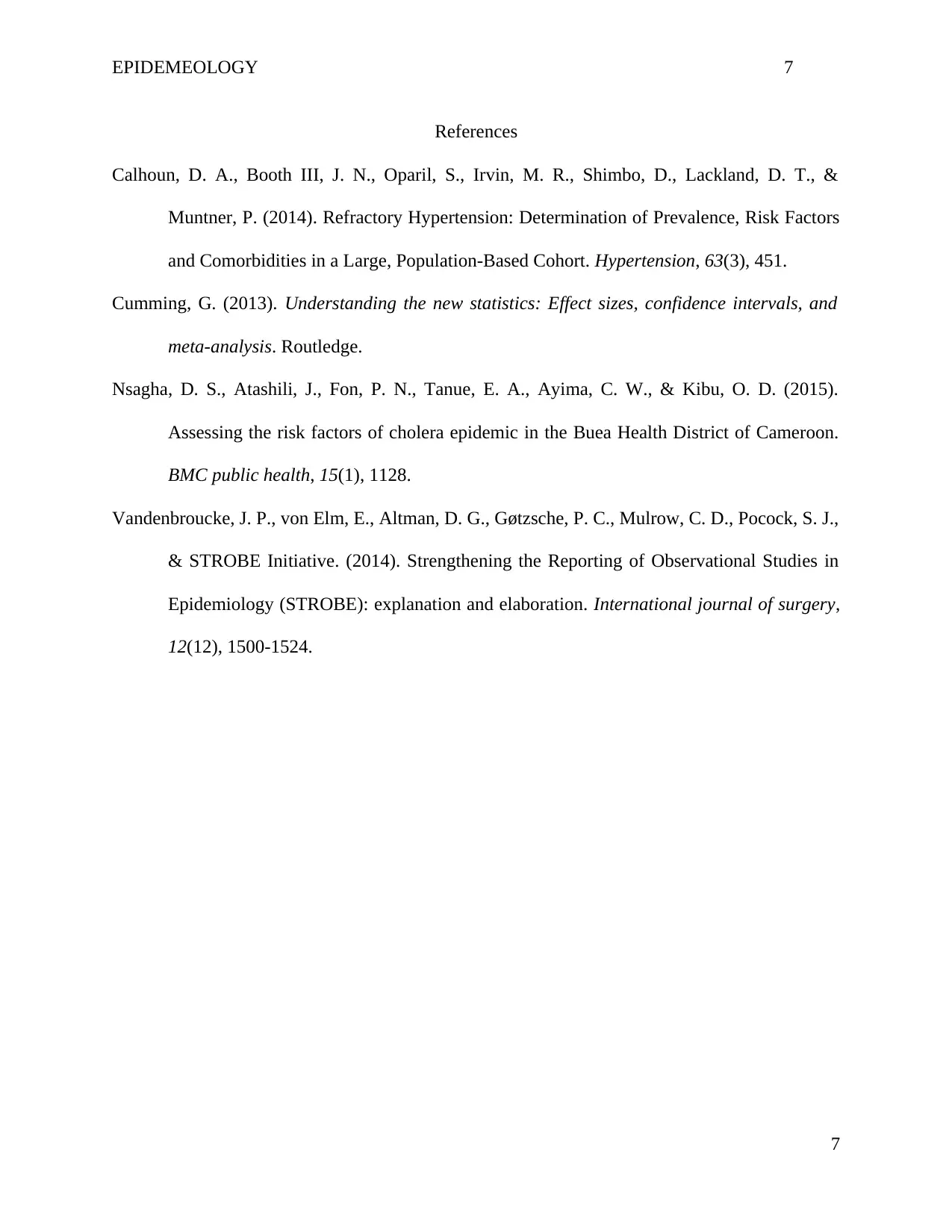
![[object Object]](/_next/static/media/star-bottom.7253800d.svg)